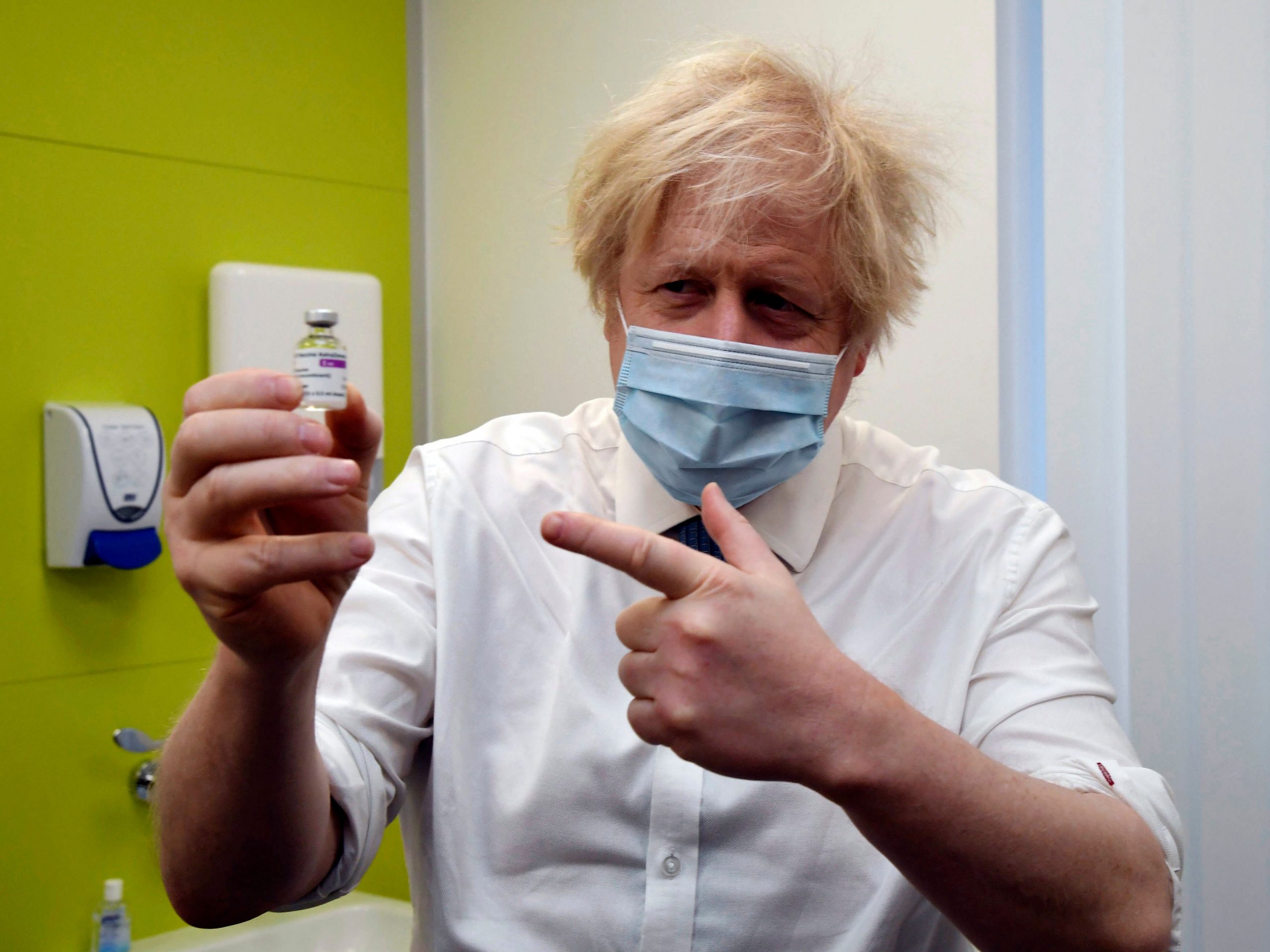For the first time in two months, millions of children will go back to school in England on Monday as Boris Johnson government has started to ease coronavirus restrictions, reported AFP. The UK government has also ramped up the mass vaccination drive and resumption of classroom teaching was the first step on a path which the government hopes will see life return to normal by late June
Britain has reported one of the world’s worst death tolls from COVID-19. Also on Monday, hundreds of thousands of care home residents in England were able to start getting indoor visits from a designated friend or relative, and two friends can now meet each other outdoors.
Lisa Tyler, 41, from Northamptonshire in central England, said having her daughters aged six and 10 back in class would be “the biggest relief in the world”. Trying to manage supervision of schoolwork and her job as a university administrator had been hard, particularly on her youngest, she told AFP.
“If you don’t do it she’s going to fall behind. You have to sit with her all the time,” she added. “I can’t wait for her to go back to school. Trying to just manage that, it’s been a nightmare. And she just needs to go back.” Prime Minister Boris Johnson said: “The reopening of schools marks a truly national effort to beat this virus.”
Also Read| UK hunts for carrier of Brazil COVID strain
England entered its third lockdown on January 5, following a winter surge in infections. The next easing is due on March 29, when outdoor gatherings will be allowed for up to six people or two households, and outdoor sports such as tennis, basketball and golf can resume.
Throughout the latest lockdown, schools have remained open to children of key workers and the most vulnerable. But all other youngsters have been at home, causing a headache for working parents, and fears about the long-term effects on children’s learning and mental health. Pupils aged five to 11 went to the classroom Monday, with a staggered return over the coming week for secondary school students aged 11 to 18.Returning students face regular testing to curb the spread of infection, while older children will have to wear face masks in class until at least April.
Also Read| Worldwide coronavirus death count crosses 2.5 million-mark: Report
The easing comes as around 23 million people in Britain have received at least a first vaccination jab, helping to bring down case numbers and ease pressure on hospitals. Professor Calum Semple, a member of the government’s Covid scientific advisory panel, said it was “inevitable” that infection rates would rise again as schools go back. But he said the more important metric was the numbers of people being admitted to hospital and intensive care, which have fallen sharply as the vaccination programme now spreads to people aged in their 50s and above.
Schools are “absolutely” safe for children as even older pupils are far less likely to contract the disease or transmit it than adults, Semple added. Different plans for school returns have been unveiled across the other nations of the UK — Scotland, Wales and Northern Ireland — where devolved governments have powers over education and health policy.
Julie Williams, 49, from Essendon in southeast England, said she and her husband had struggled to prioritise care for their three sons as they both work for the state-run National Health Service.” The job throughout the pandemic has got busier and worse. So it’s been quite tricky for us,” she said.
Her youngest son, who is 10, has continued to go to school as the child of a key worker, but felt that months of not seeing his friends was hard. “I think there’s that social interaction they are missing,” Williams said.







